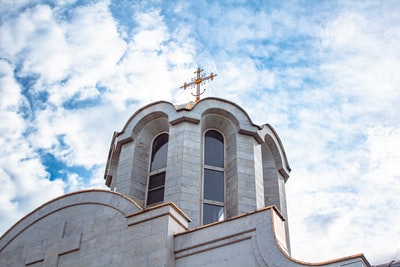
Halogens is the name given to the elements that make up group VII of the Periodic Table. The group is composed of five halogens:
- fluorine
- chlorine
- bromine
- iodine
- astatine
You will only need to concentrate on four of these elements as astatine is so radioactive that it is unable to exist for more than a few microseconds before it decays.
All of these elements are found most commonly as X– ions in the -1 oxidation state. They are known as halide ions.
Structure
Each atom within this group consists of seven valence electrons and so tend to make diatomic molecules. Therefore, they are simple molecular which contain intermolecular forces between molecules.
——————————————————
Appearance and colour
The table below outlines the colour and appearance of each element.
| Halogen | In pure form: | In non-polar solvents: | In water: |
| Fluorine | pale yellow gas | reacts with solvents | reacts with water |
| Chlorine | pale green gas | pale green solution | pale green solution |
| Bromine | dark red liquid | orange solution | orange solution |
| Iodine | grey solid | purple solution | insoluble but forms brown solution if a lot of Kl is present |
The halogens tend to be used in aqueous solution. Iodine is insoluble in water however it is soluble if iodide ions are present: the iodine reacts with iodide ions and forms triiodide ions. It is the triiodide ions that create the brown colouration.
——————————————————
Melting and boiling points
| Halogen | Melting point ( |